The motor is a very important consideration when choosing cargo bikes. Different motors can give a completely different feeling to the ride. Read on to check what motors electric cargo bikes generally use and what the differences are between these motors.
There are two types of electric cargo bike motors - mid-drive motors and hub drive motors.
Mid-Drive Motor
The mid-drive motor is placed between the pedals of the bike's bottom bracket. It uses the bike drivetrain to transfer the power from the motor to the rear wheel and move the bike forward.

Because the motor and pedal are directly connected, the power of the motor work is directly related to the strength of pedaling.
The advantages of a mid-drive motor
- The motor uses a gear system and works in concert with the bike's gears to increase efficiency and make riding up hills easily.
- The mid-drive motor has a lower center weight distribution to make the bike stable.
- You can easily remove the wheels because they have no electrical components attached to the electric cargo bike.
- Of all-electric cargo bike motors, the mid-drive motor typically has the greatest range.
- With the extra weight centered in the middle, this type of motor is perfect for full-suspension electric cargo bikes.
The disadvantages of a mid-drive motor
- The mid-drive motor may cause chains and gearshifts to wear out more quickly.
- Mid-drive motors are much more expensive to purchase and maintain than hub motors due to their higher complexity and higher power.
- You need to shift gears correctly to optimize the efficiency of the motor, which means you need to always be in the correct gear for the terrain you are in.
Hub Drive Motor
The hub motor is located in the front or rear wheel of the bike and placed in the hub. Instead of placing the motor where the pedals are located, the hub motor is integrated into the wheel, thus connecting the motor directly to the ground.

Front hub motors are usually easier to install than rear hub motors. Installing a motor in the front hub essentially allows the bike to be all-wheel drive, which helps with riding on soft terrain. However, a heavy front hub motor can put too much weight on the front and make the front wheel slip on wet slopes.
Placing the motor in the rear hub usually results in a more balanced weight distribution on the bike. This provides smoother acceleration and a more natural feel to the ride. Rear hub motors are also easier to hide behind gears, giving electric cargo bikes a stealthy, conventional appearance.
The advantages of a hub drive motor
- Hub drive motors require less maintenance than mid-drive motors.
- The hub motor does not add any additional stress to the chain or shifter because it is not connected to the main pedal drive system. Therefore, there is also no driveline loss.
- The small hub motor is largely invisible behind the flywheel in the rear hub.
- Separating the motor from the pedals results in a smoother, quieter running bike.
The disadvantages of a hub drive motor
- Most hub motors have fixed ratios and are therefore less efficient on steep hills than mid-drive motors.
- In the event of a tire leak, electric cargo bikes with hub motors are more difficult to repair because the motor is placed on the wheel.
Hope this article will give you a basic understanding of the different motors and help you when making your decision to buy a cargo bike.
What do you want to know about electric cargo bikes? Comment below and tell us what you think.

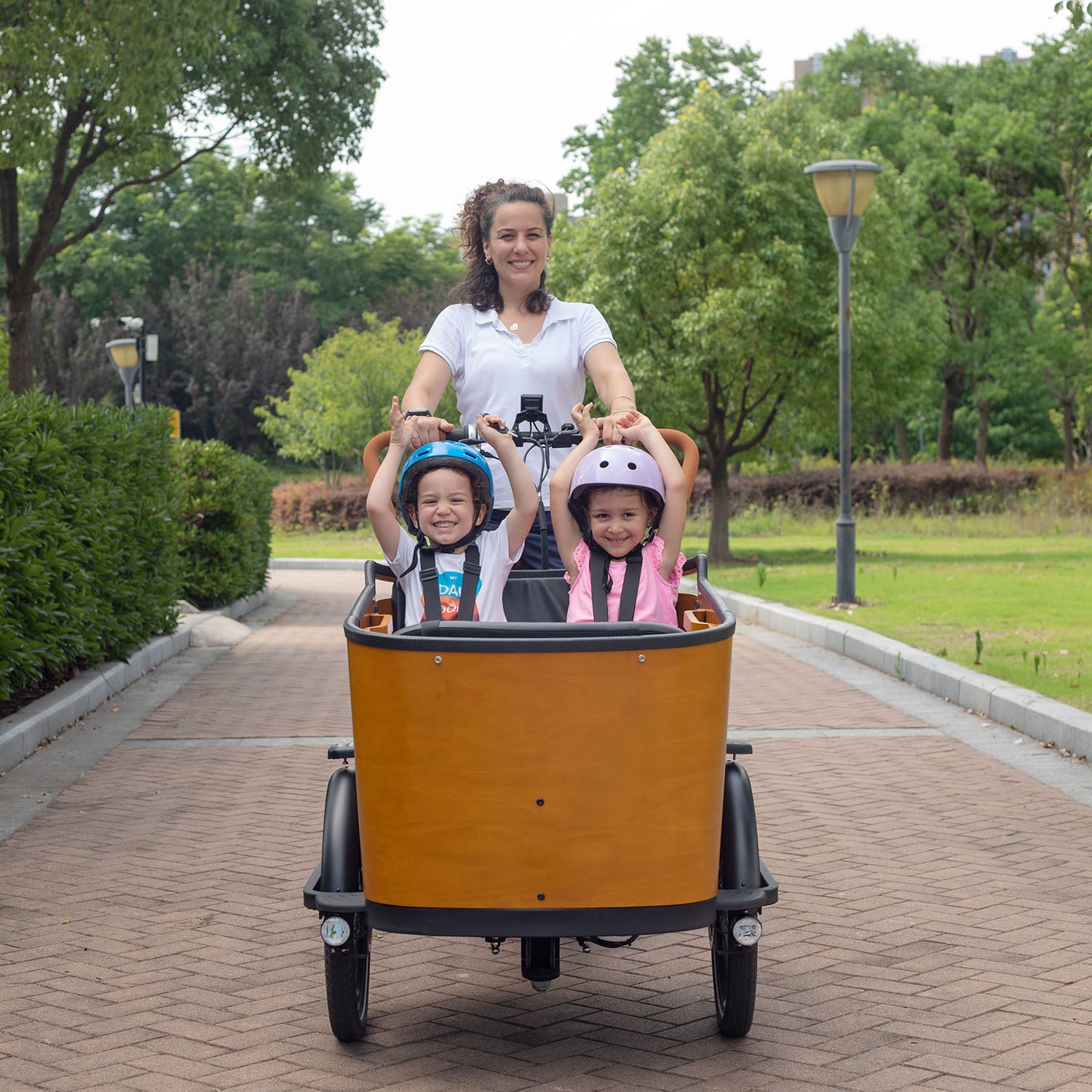
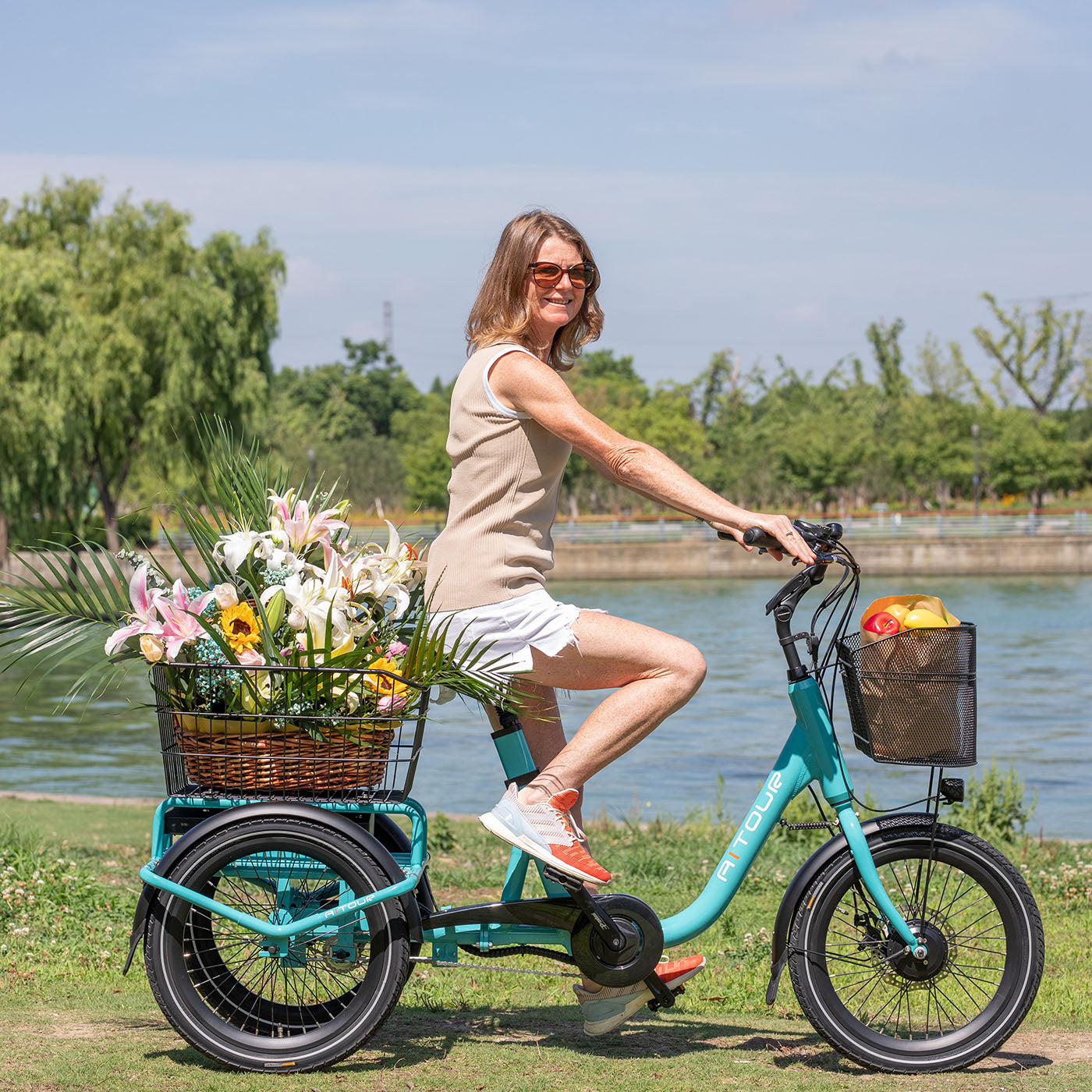
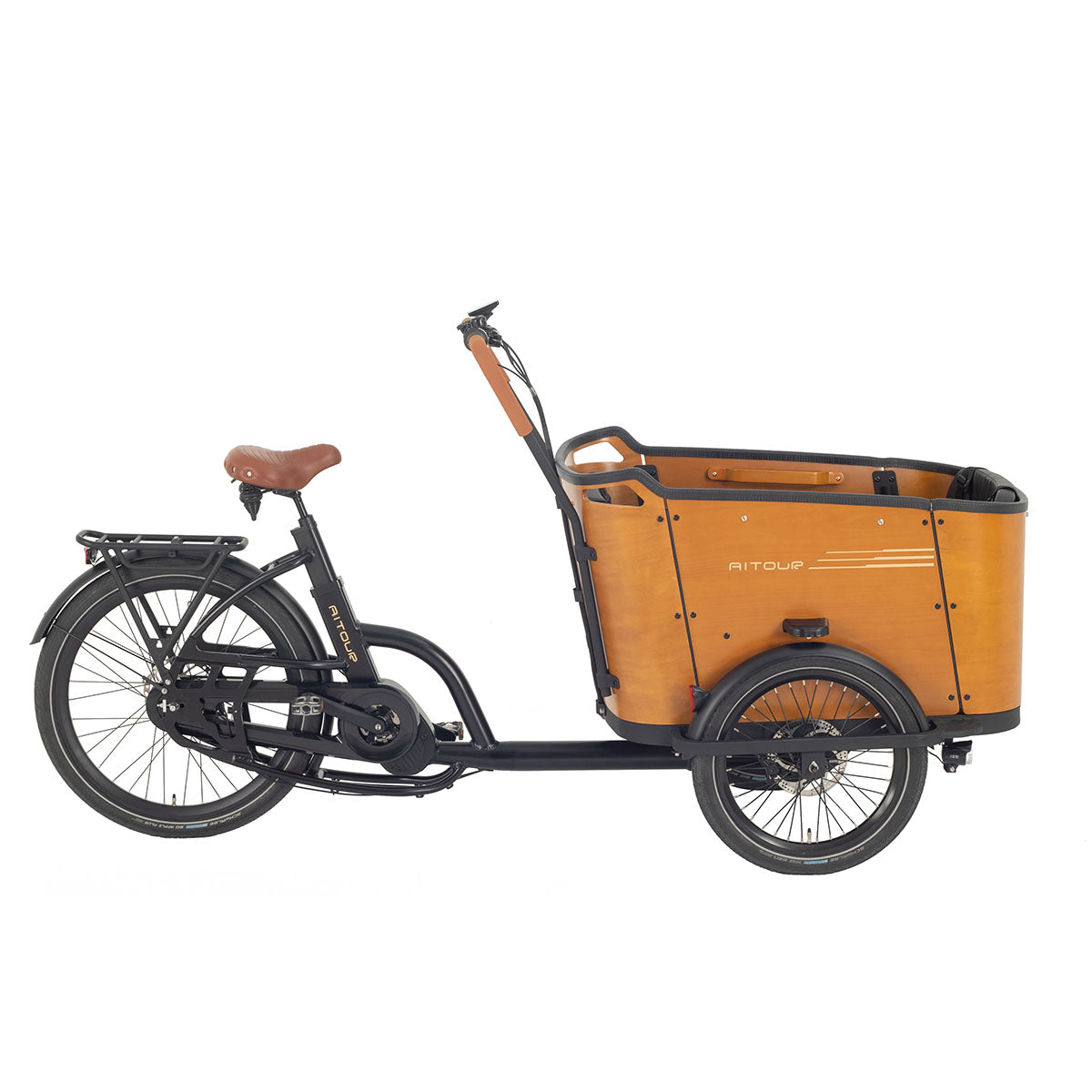
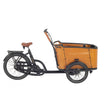
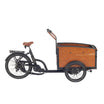
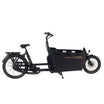
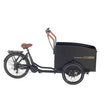

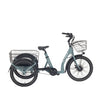




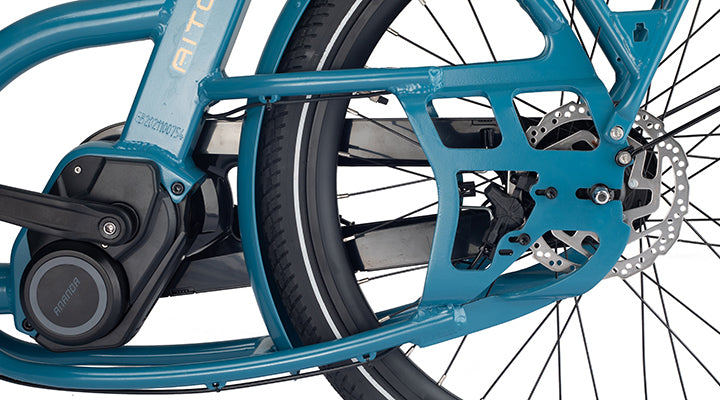
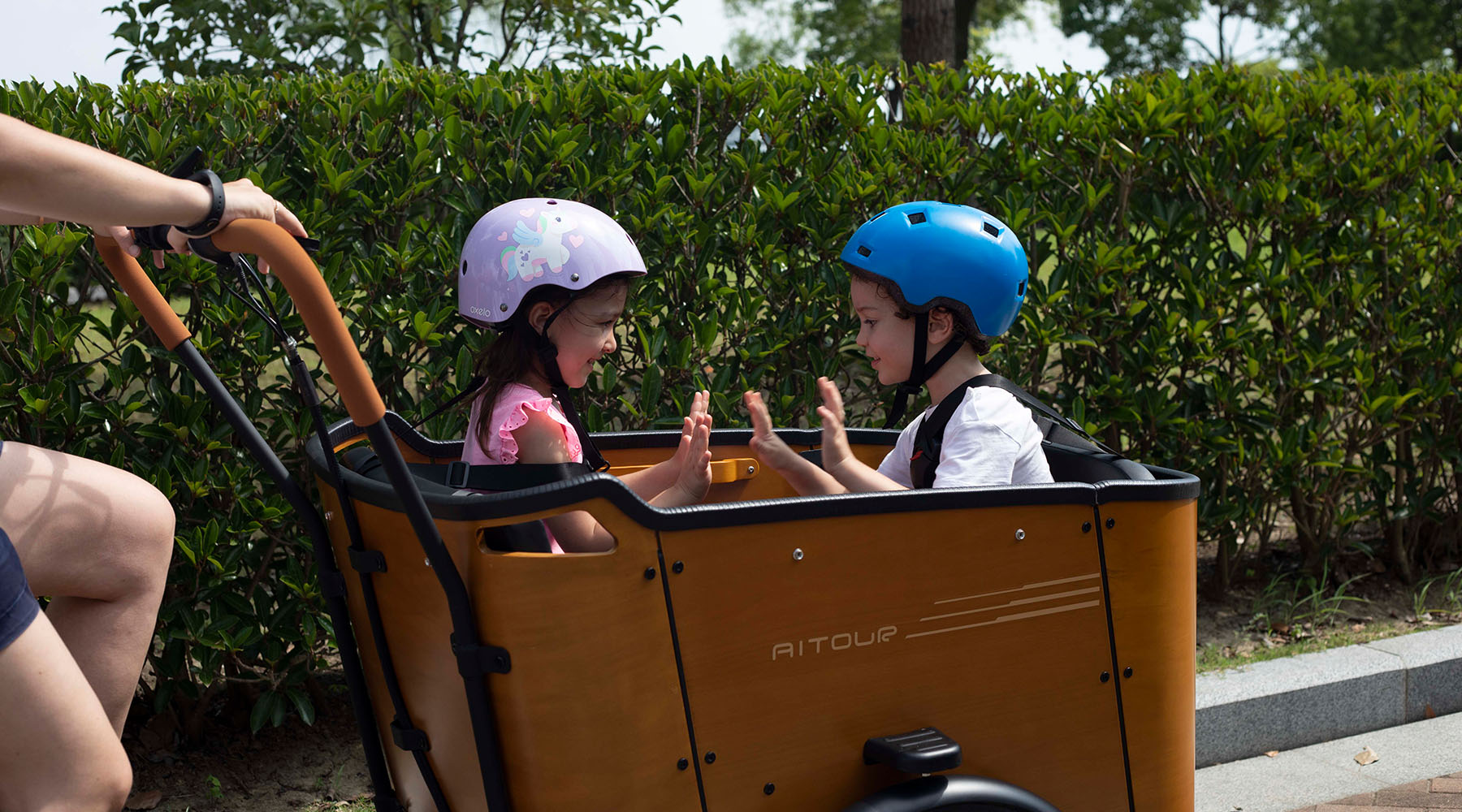
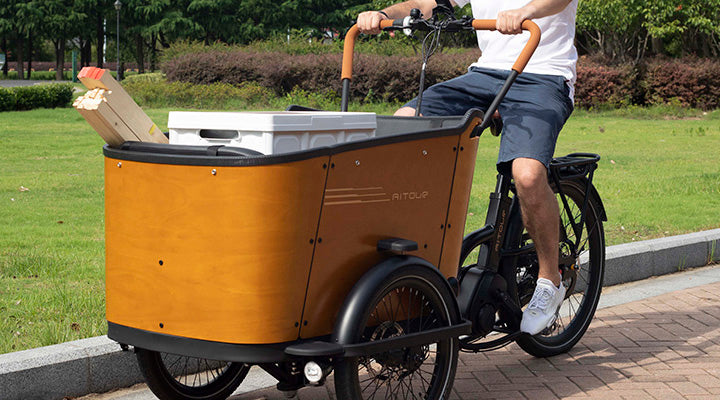
发表评论
所有评论在发布前都会经过审核。
此站点受 reCAPTCHA 保护,并且 Google 隐私政策和服务条款适用。